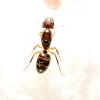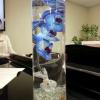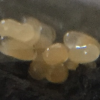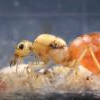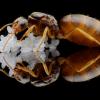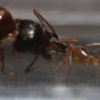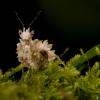I'm curious to know what experience others have with queens dying in their tubes...
This is the first year I've wild caught queens, and so far I've tubed 3 different queens and have had 2 die... 1 (unknown sp) died before I even got her home, literally within 2 hours of being put into the temporary container (sat on my desk at work)... I never even got a chance to give her a proper setup... the second, what is believed to be a Forelius, was very active, and had laid about a dozen eggs after about 36 hours, then suddenly just died last night... She was in a simple tube, with bottled water, kept at ~80 degrees... the last is what appears to be a Pheidole, has not yet shed her wings, and has laid no eggs (not sure if she's infertile, as it may be too soon to tell)...
So, I'm wondering what everyone else's experience is with queens dying in their tubes... Is it just bad luck for me so far, or is it normal to have a high percentage of them die off?





